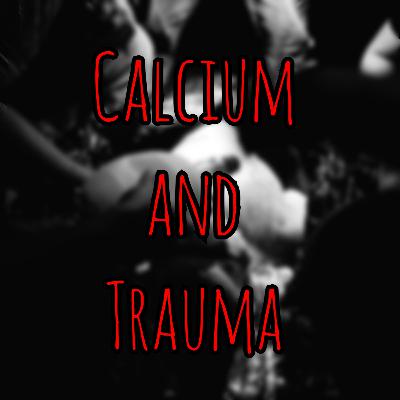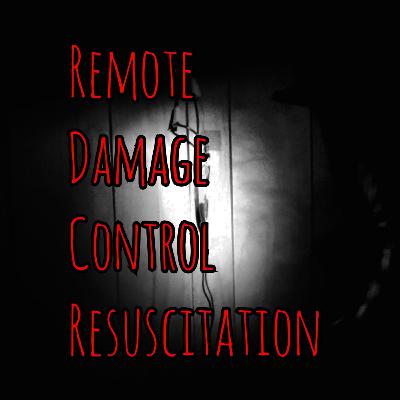Prolonged Field Care Podcast 251: Hemorrhagic Shock Progression - Classes, Compensation, and Resuscitation Strategies
Description
In this episode of the PFC Podcast, Dennis and Max delve into the complexities of hemorrhagic shock, discussing its classifications, the importance of understanding compensated versus uncompensated shock, and the vital signs that indicate a patient's condition. They explore resuscitation strategies, emphasizing the need for careful assessment and decision-making in trauma care. Special considerations for different populations, including children, pregnant women, and the elderly, are also highlighted, providing valuable insights for medical professionals in emergency situations.
Takeaways
Understanding the progression of hemorrhagic shock is crucial.
Compensated shock allows the body to maintain organ perfusion despite blood loss.
Classifications of shock help in assessing the severity of blood loss.
Vital signs are key indicators in evaluating a patient's condition.
Resuscitation decisions should be based on multiple data points, not just one.
Children have different vital sign norms and require special attention.
Pregnant women can compensate for blood loss better than non-pregnant individuals.
Elderly patients may not tolerate shock as well due to comorbidities.
Communication with EMS about blood loss at the scene is vital.
Continuous reassessment of the patient is essential in trauma care.
Chapters
00:00 Introduction to Hemorrhagic Shock
02:57 Understanding the Classes of Hemorrhagic Shock
05:51 Compensated vs. Uncompensated Shock
08:40 The Importance of Blood Loss Assessment
11:57 Physiological Responses to Blood Loss
14:47 Evaluating Shock: Key Indicators
17:57 Tachycardia and Its Implications
20:51 Blood Pressure and Compensation Mechanisms
23:42 Understanding Pulse Pressure Dynamics
36:01 Understanding the Four Gears of Compensation
39:23 Assessing Orthostasis in Trauma Patients
43:53 The Importance of Urine Output in Trauma
46:42 Mental Status Changes in Trauma Patients
49:38 Classifying Shock: From Compensated to Decompensated
01:00:19 The Transition from Class Two to Class Three Shock
01:10:19 Class Four Shock: The Final Stage of Decompensation
01:12:14 Assessing Hemorrhage Control and Decision Making
01:19:54 Understanding Classifications of Shock
01:31:42 Special Considerations for Pediatric and Elderly Patients
For more content, go to www.prolongedfieldcare.org
Consider supporting us: patreon.com/ProlongedFieldCareCollective or www.lobocoffeeco.com/product-page/prolonged-field-care






















